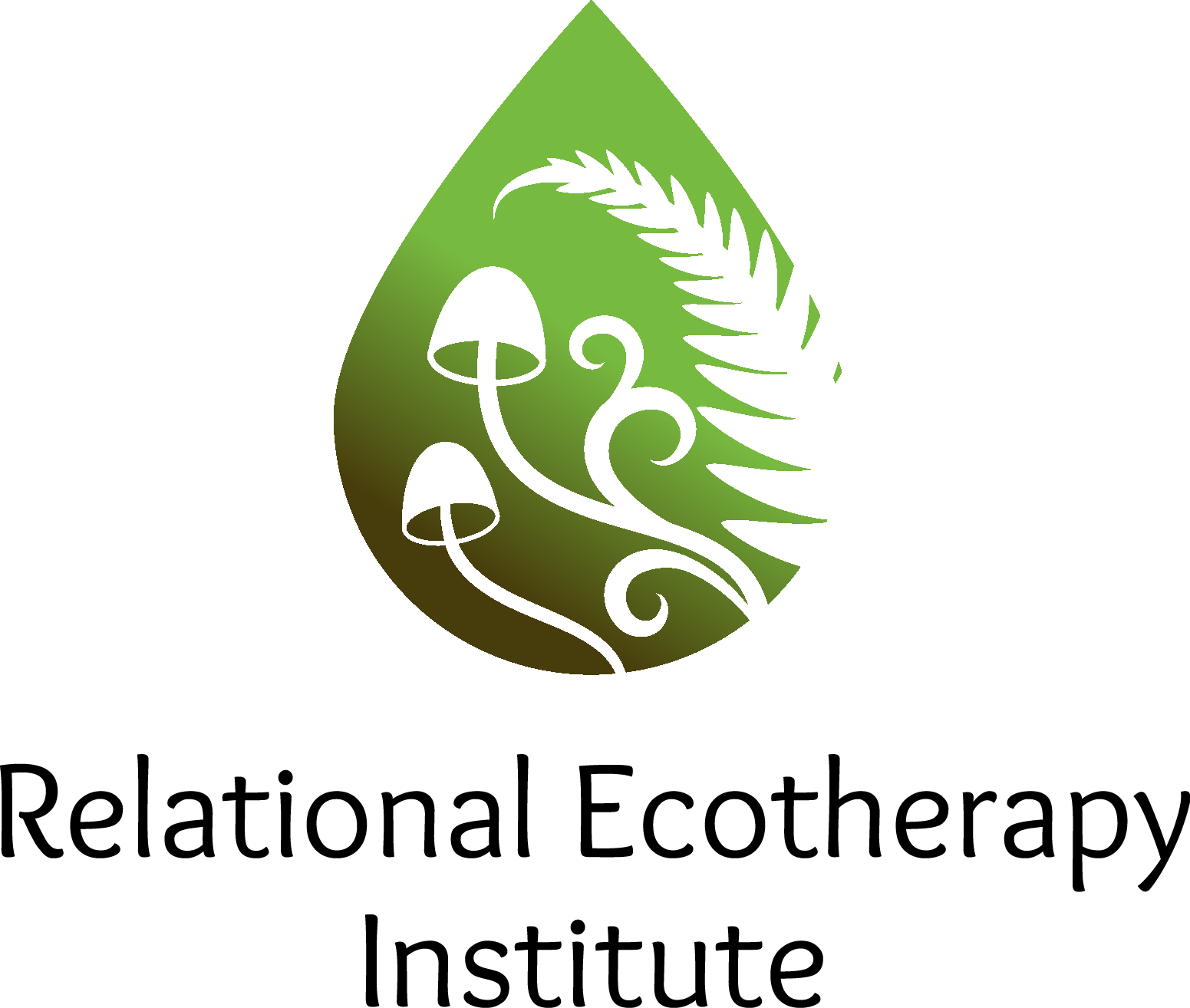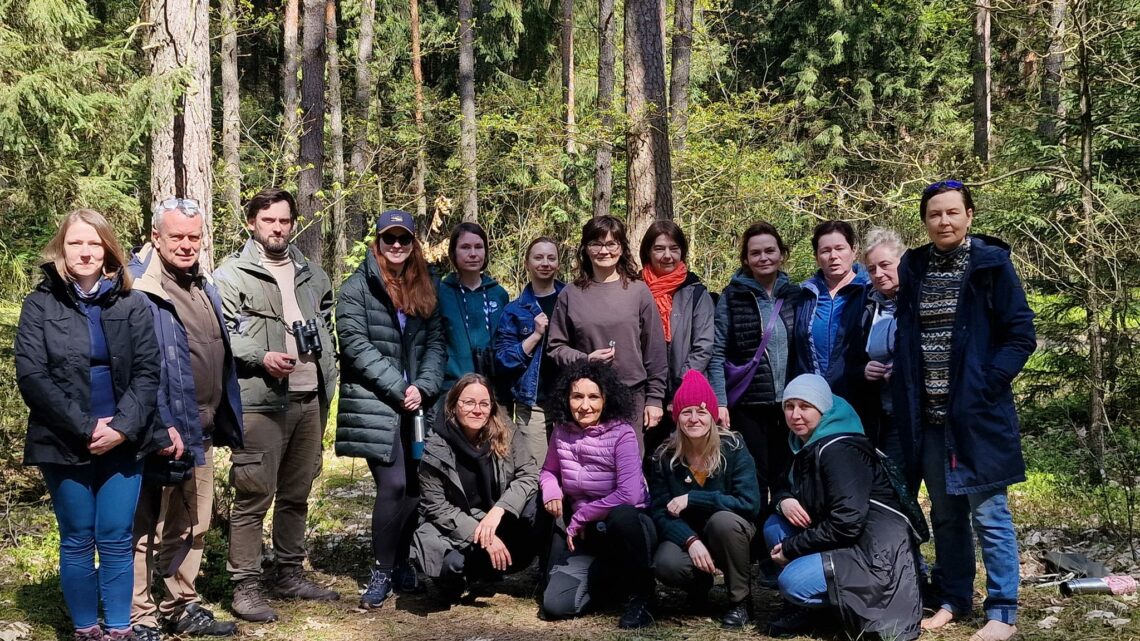Forest Therapy Basics for Health Professionals, 2024
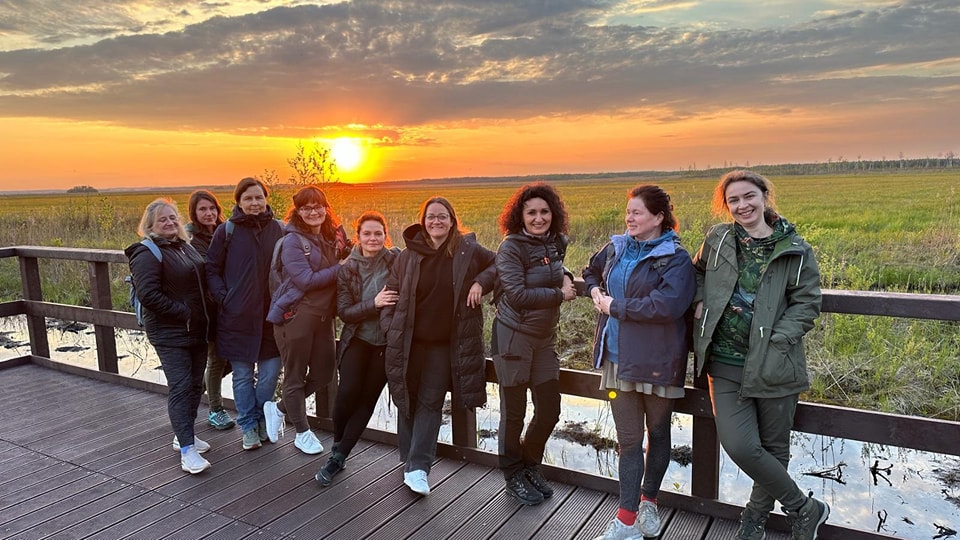
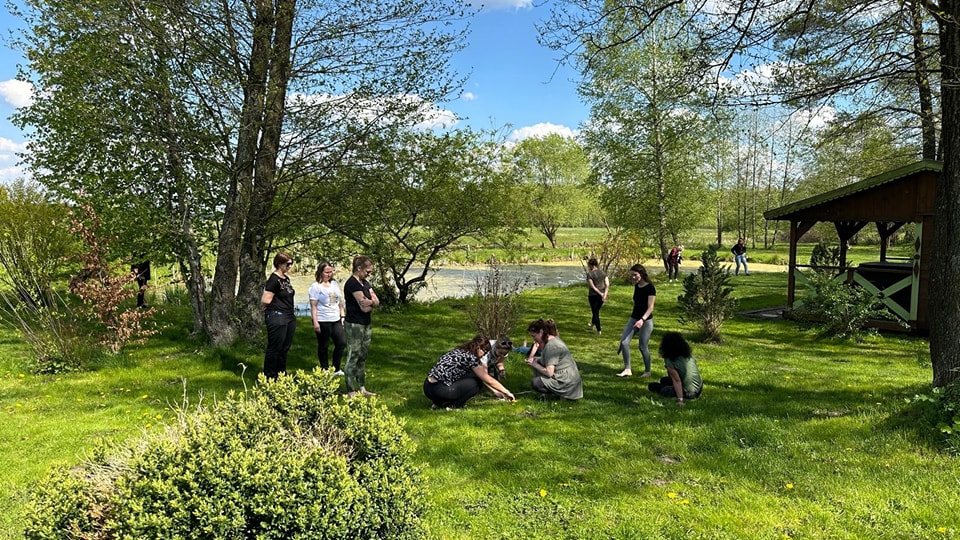
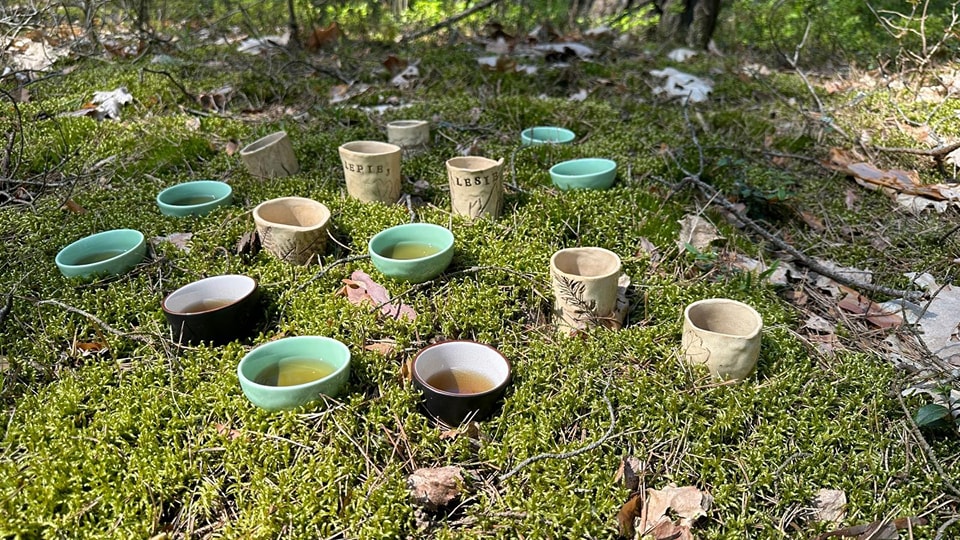
On 26th – 28th of April, in the Biebrza River Valley, the 1st Workshop on the Basics of Forest Therapy in Medical and Aid Occupations took place. The weather was great, the sound background of screaming cranes, concerting frogs, green woodpeckers and hoopoes, the stunning scents of black cherry flowers, moist soil and sun-warmed forest undergrowth supported us in experiencing the benefits of nature and assimilating knowledge. Dobarz Manor, as usual, served generous portions of delicious vegetarian food.
The Worhskop embraced theory and practice of forest therapy and forest bathing in caring for one’s own and patients’ wellbeing. Participants could learn forest therapy methods for groups with different health needs, practiced how to counteract professional burnout and introduce nature-based techniques into daily work with clients and patients. They designed green prescriptions and nature- based acitivities supporting helath. The group included doctors, occupational therapists, nurses , phytotherapists, psychotherapists, psychologists and educators.
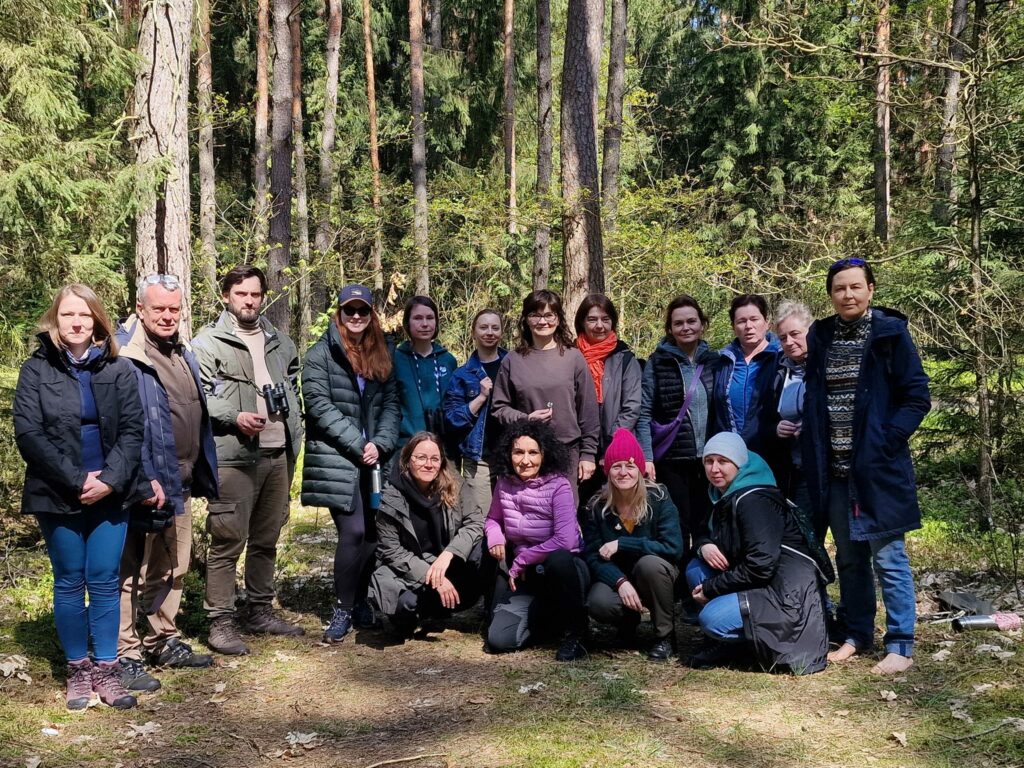
Friday started quite intensively – first with a theoretical introduction to forest therapy and ecotherapeutic nomenclature, followed by a forest bathing experience in the REI model (structure-based, i.e. the so-called ‘Western’ model), led by Dr Katarzyna Simonienko. During the activity the participants experienced the forest therapy in person, to be discussed in detail on their return.
Tha scent of the forest was amazing. We discovered the curiosities of the forest undergrowth, and immersed ourselves in metaphors and symbols of the coniferous wood.
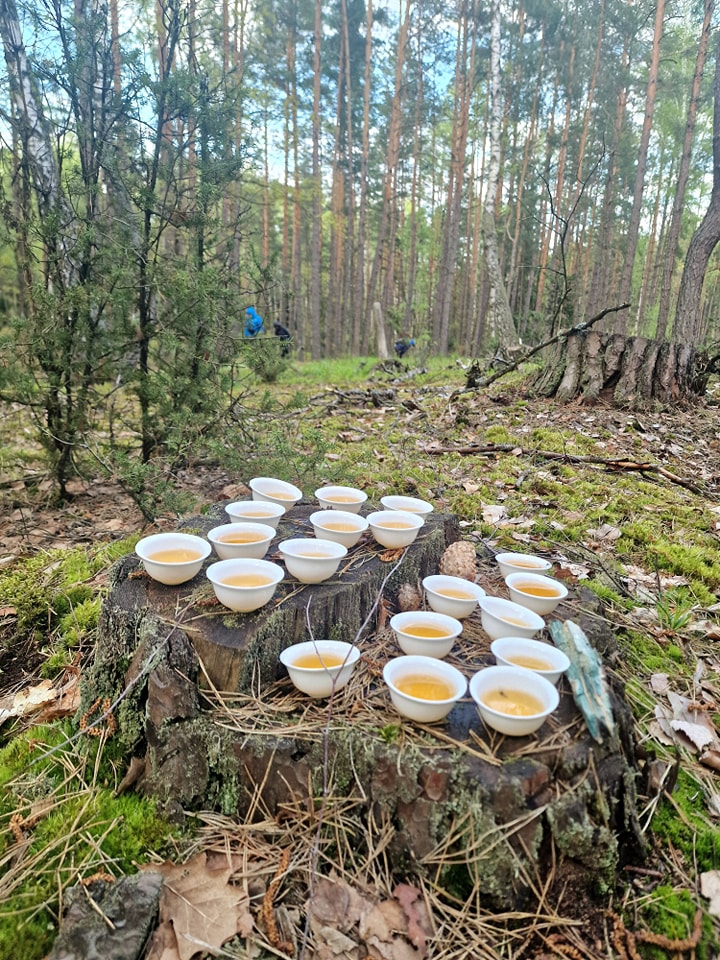
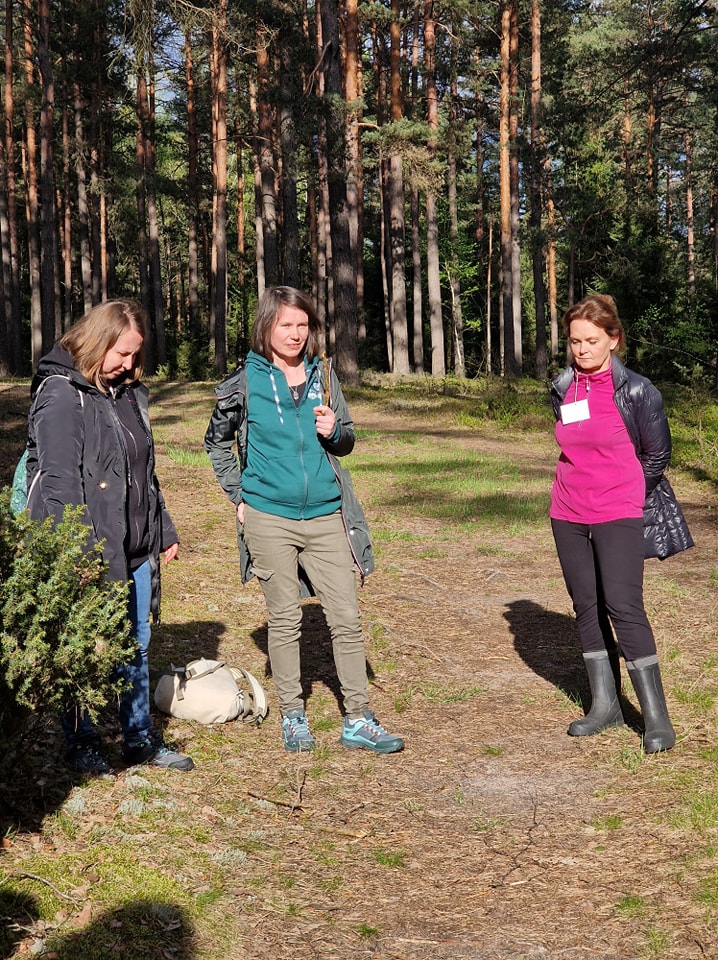
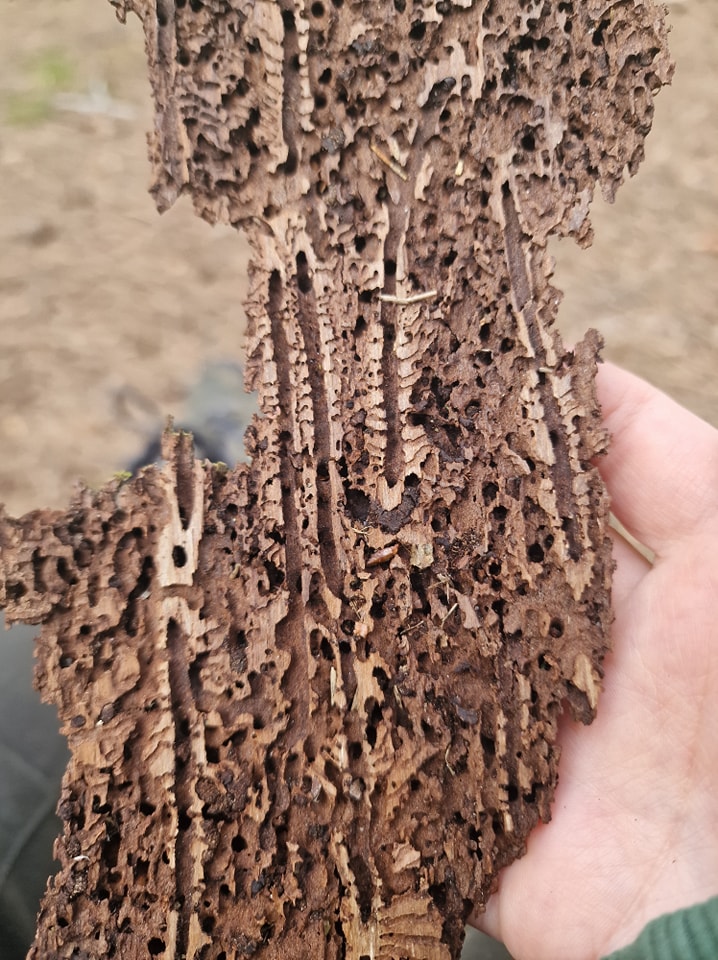
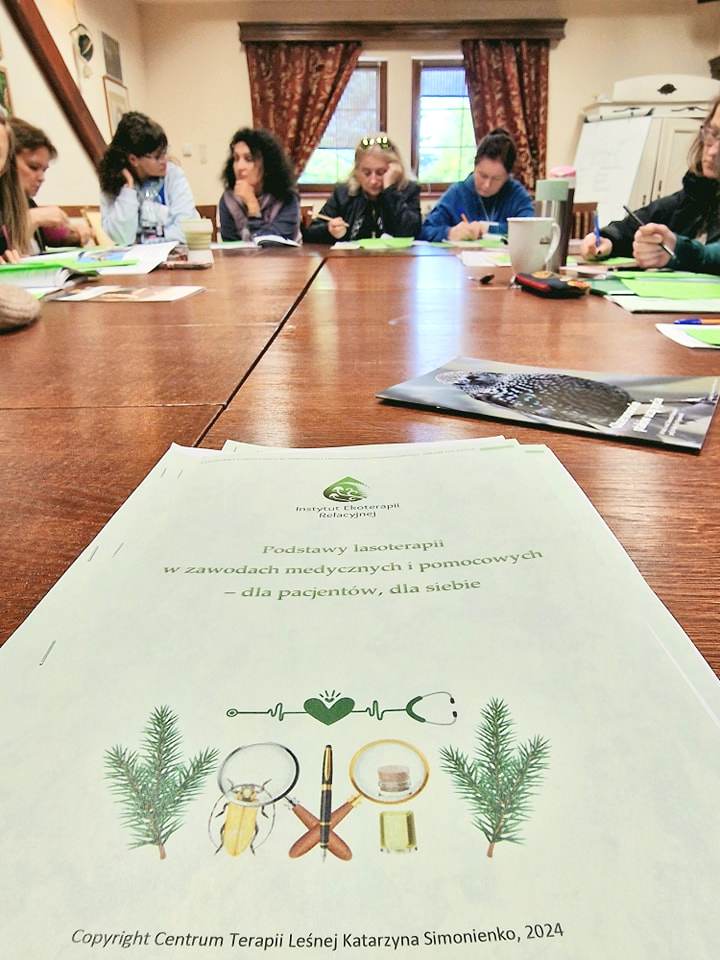
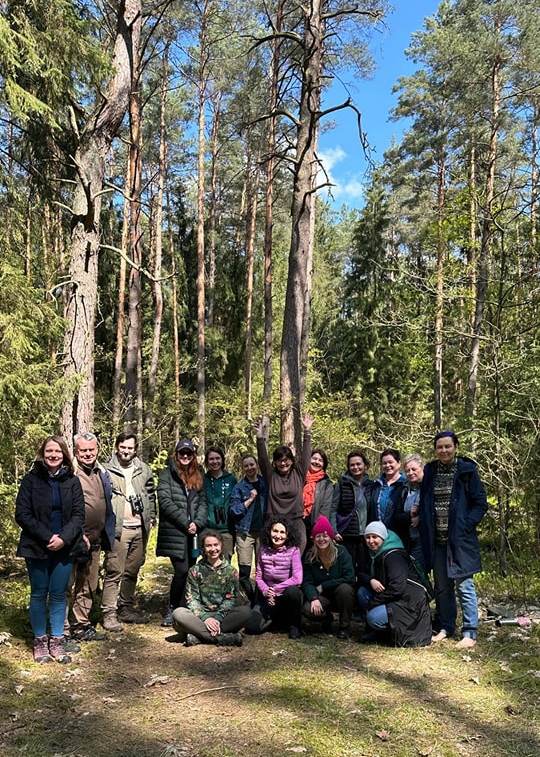
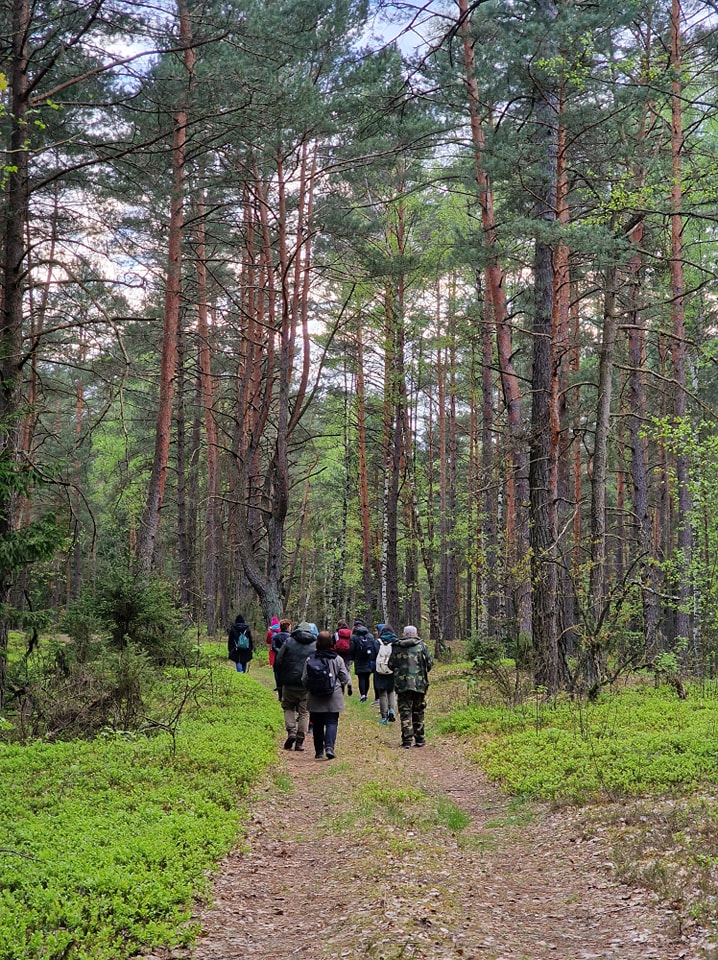
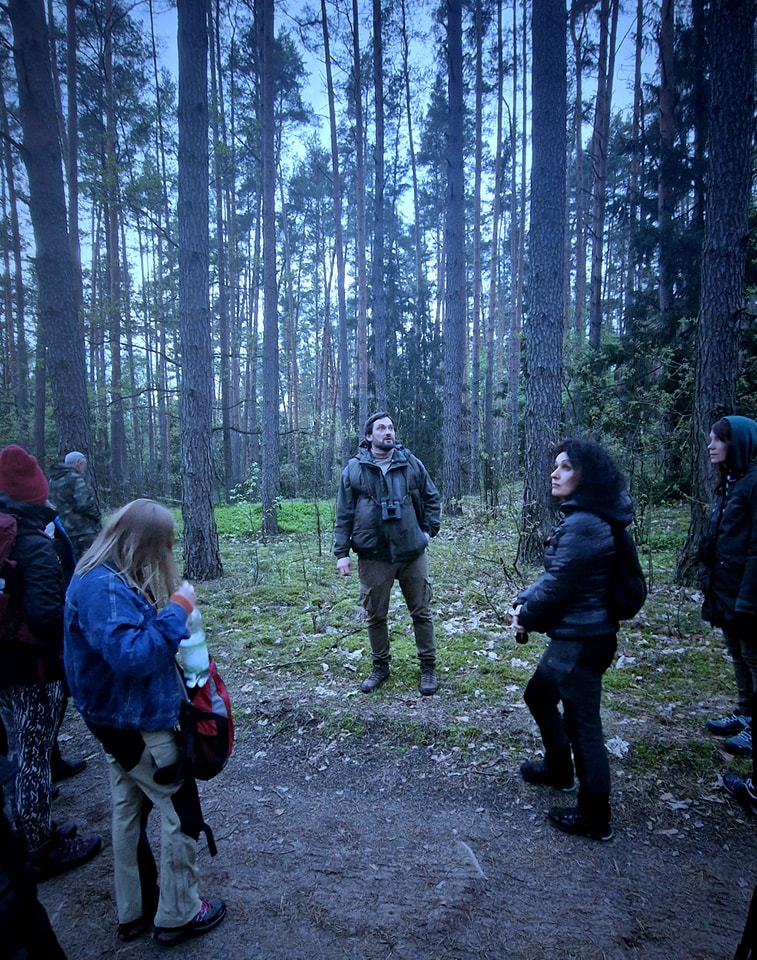
In the evening, a surprise awaited us – ornithologist and psychologist Sergei Sidaruk, a participant in our workshops and at the same time a guide from the Polish Forest Bathing Association, spontaneously organised a Night of the Owls for us! We learned a lot about these interesting birds and listened to the concert of the dusk-shrouded forest. We were accompanied by a hooting male tawny owl, stories about the habits of eagle owls, fawns and the ‘ghost’ of a marsh owl, which was patrolling the Ławki Swamp near us, but remained invisible (we only saw it through a professional ornithologist’s lens).
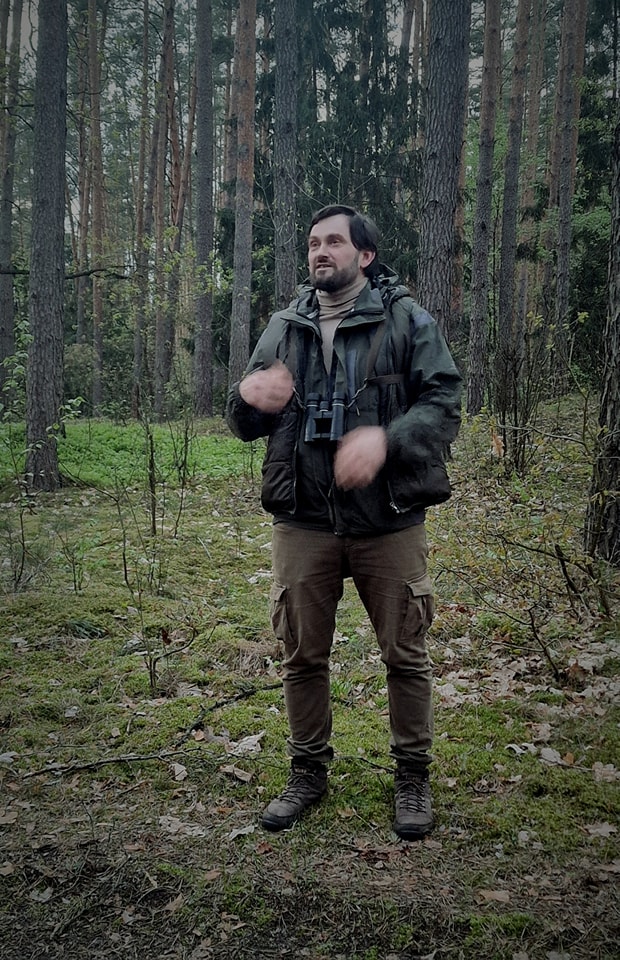
The following mornings were very intense, quite busy or completely unhurried depending on the needs of the participants. The eager ones went birding just after sunrise, another group undertook a practical experience of relaxation in nature based on Jacobson training, the rest prepared for a delicious regional breakfast.
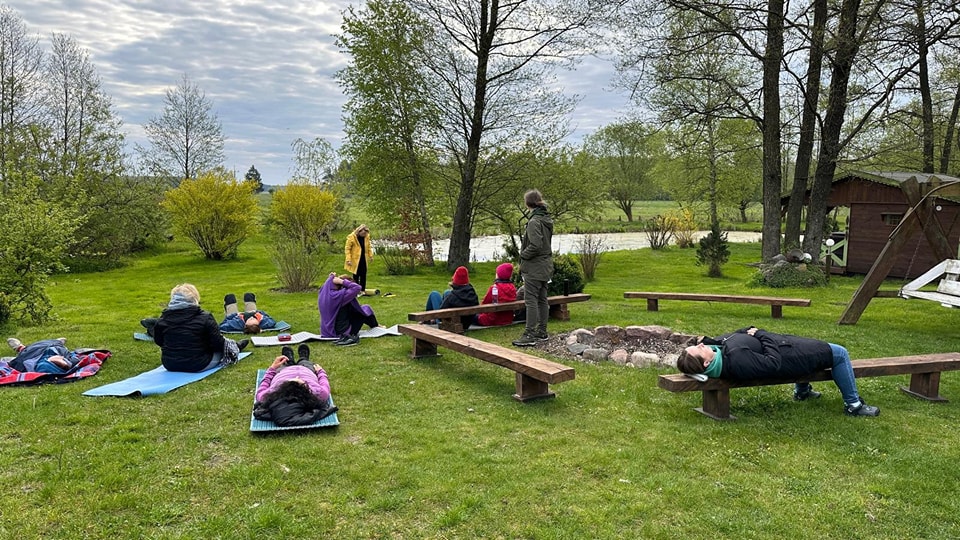
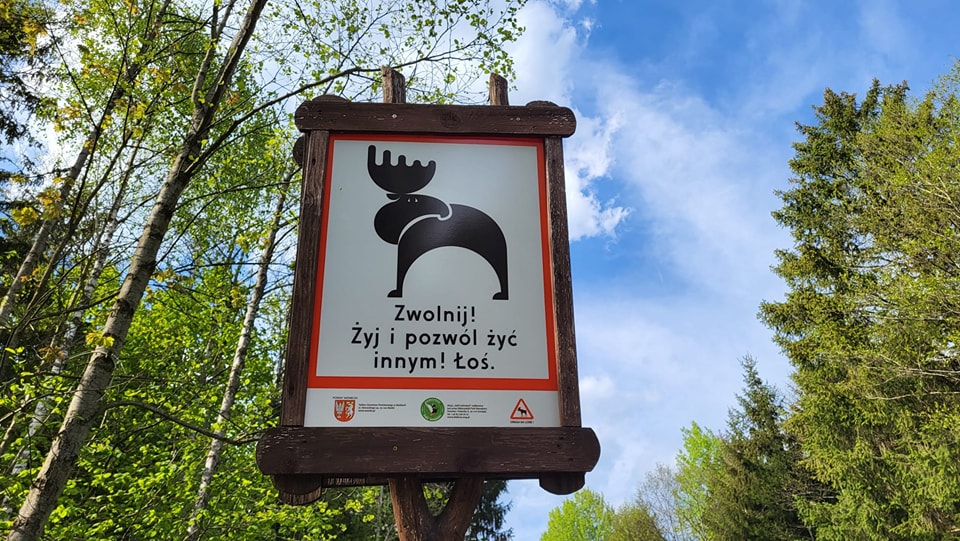
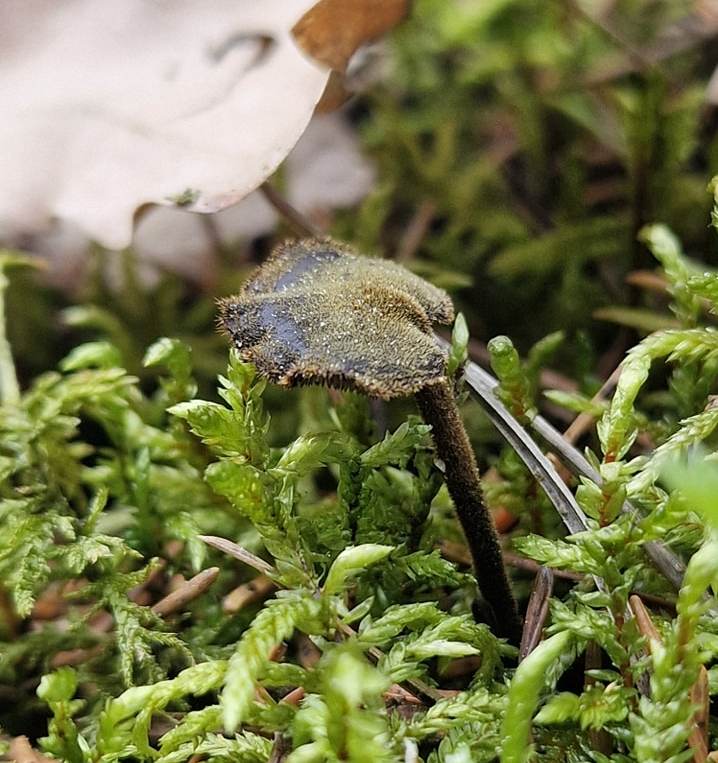
We started our regular Saturday classes traditionally with practice, which is what we place the greatest emphasis on at the Institute. We believe that personal experience and the opportunity to work on one’s own under the guidance of trainers develops curiosity, strengthens the sense of competence and helps to build relationships within the group and personally – with nature. Katarzyna Grabka led the forest bathing this time in the flow model (without a specific structure, referred to as ‘Eastern’), which we also discussed in detail afterwards, comparing the two styles. Katarzyna invited us to dive into the micro-world of forest secrets using jewellery magnifiers, prepared delicious tea and proposed forest meditation in movement and mindfulness practice.
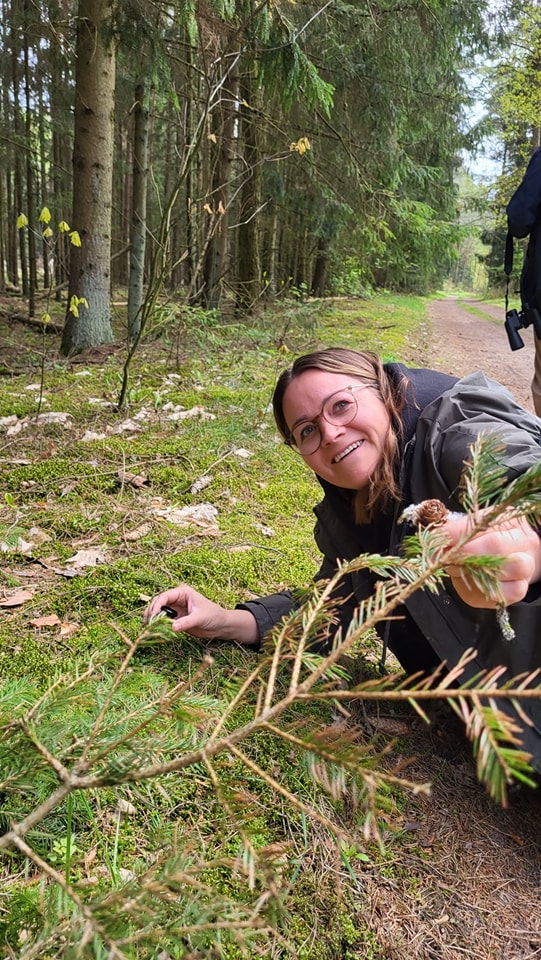
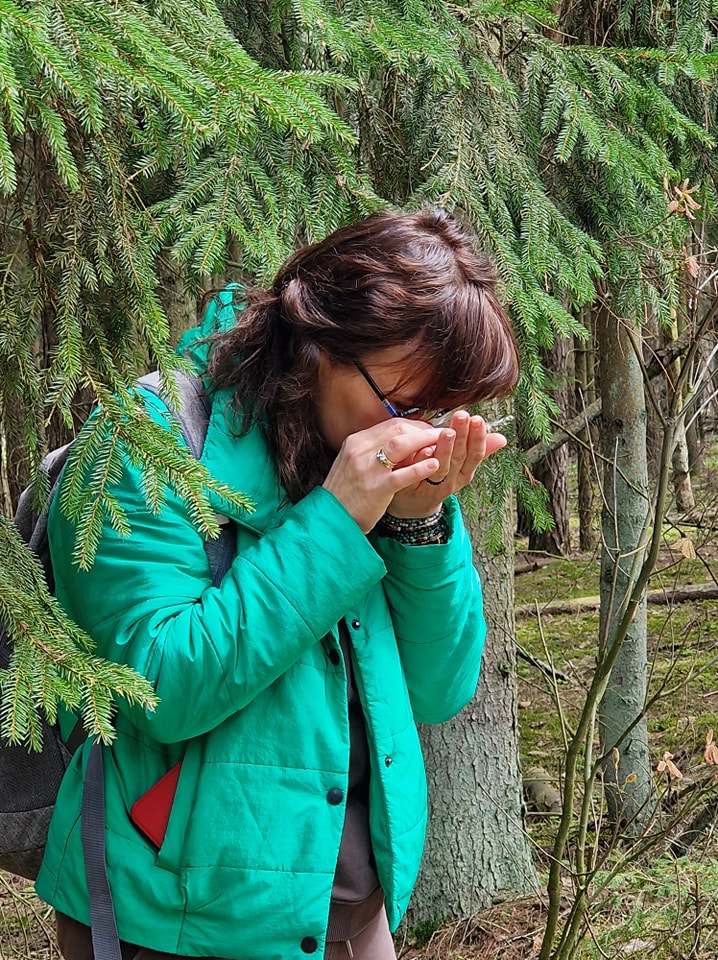
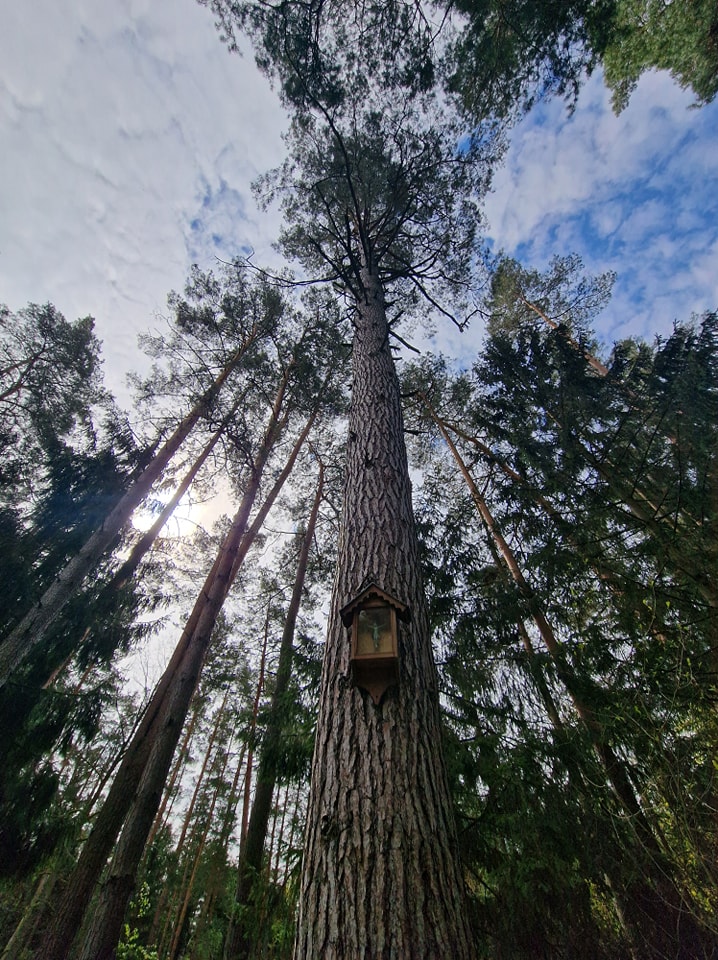
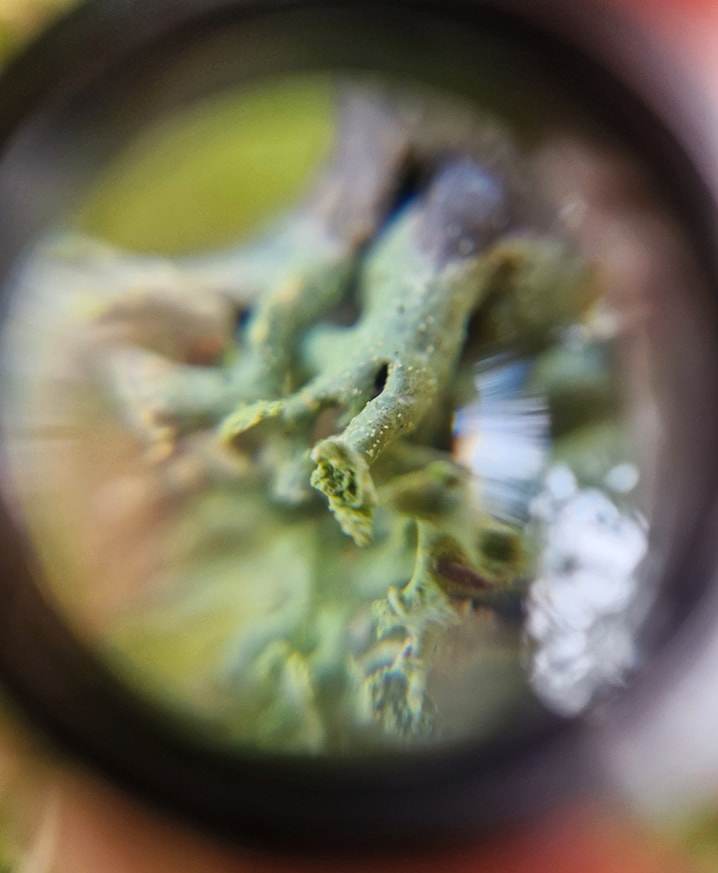
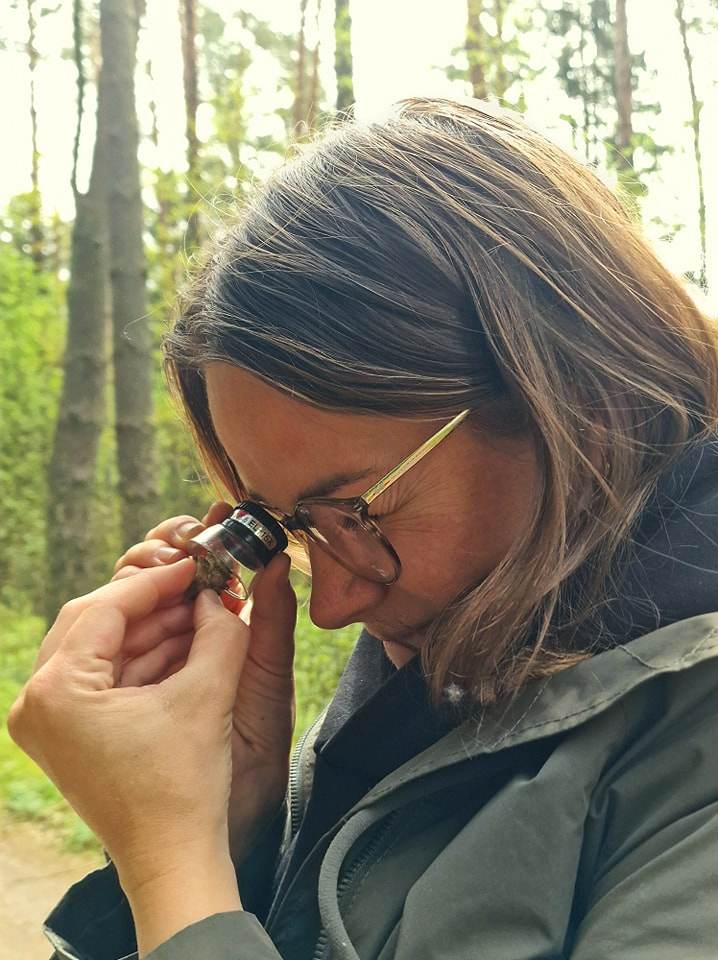
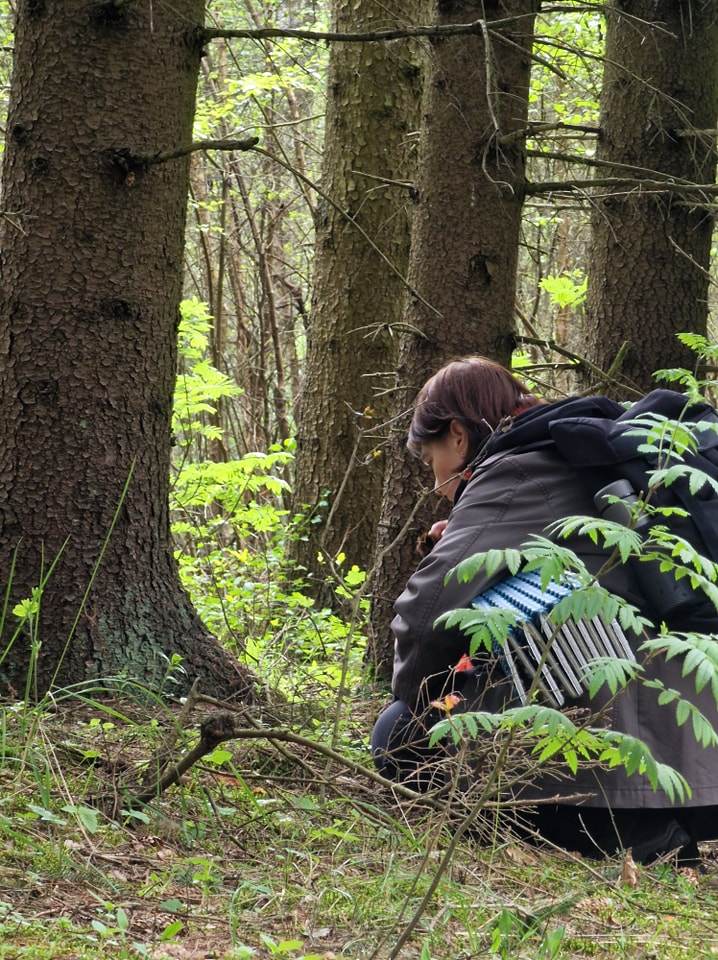
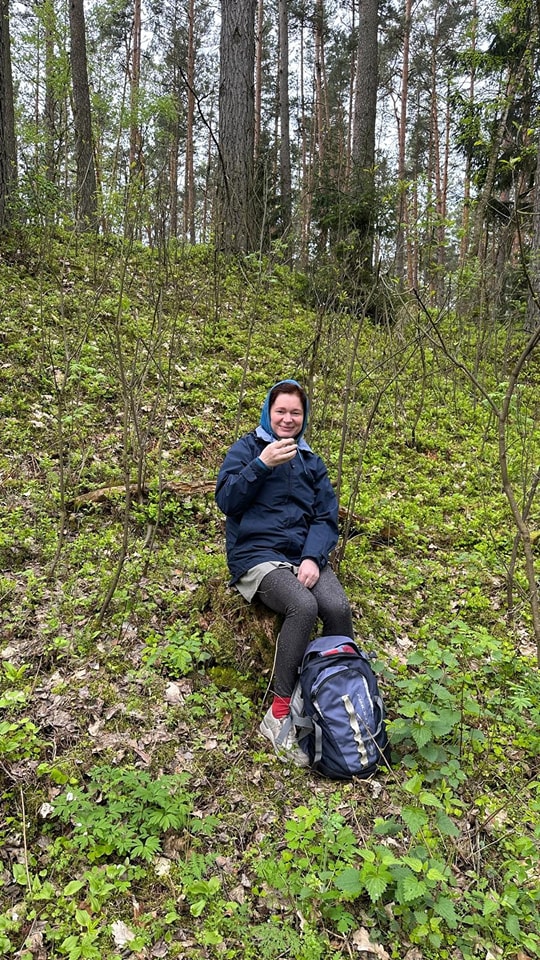
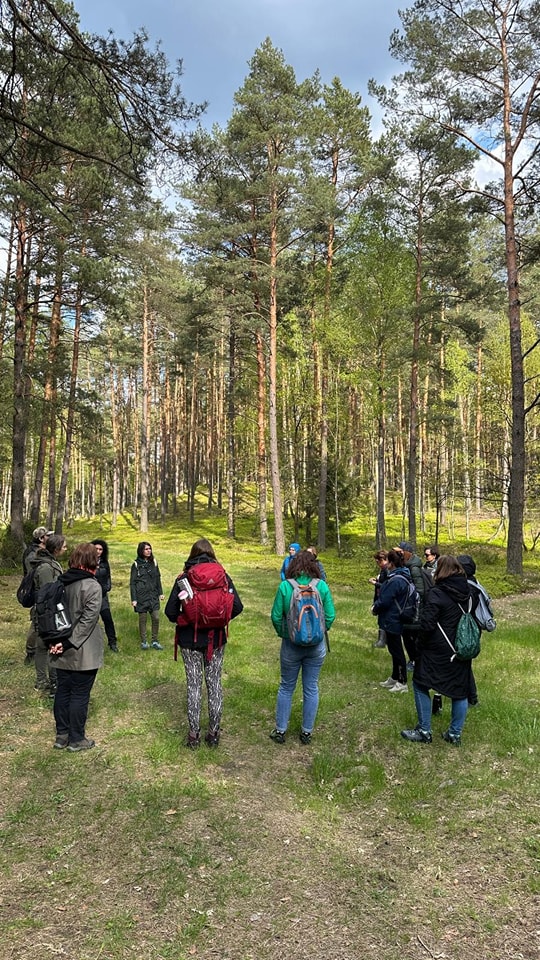
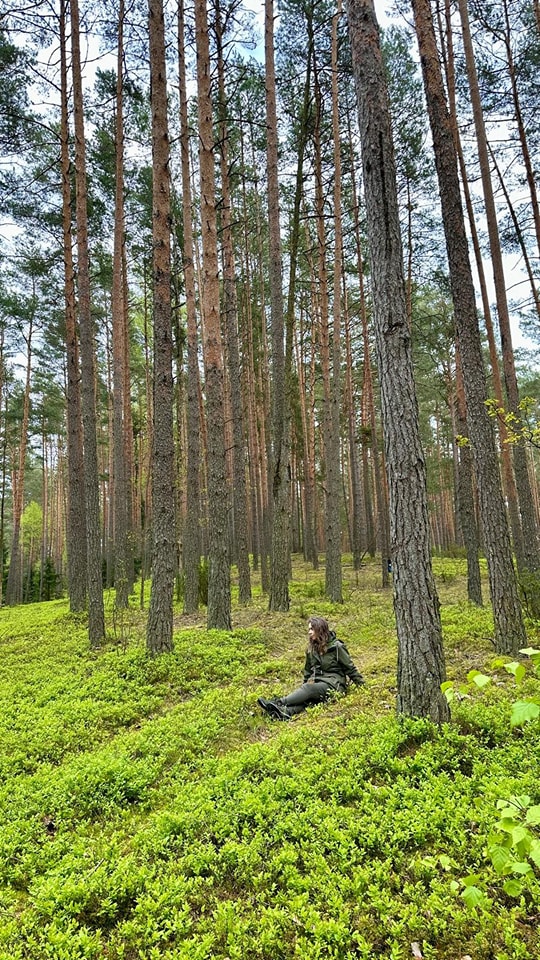
During the afternoon we focused on the practical implementation of green prescriptions – recommendations proposed by professionals to support patients in the process of prevention, recovery and rehabilitation. We created green prescriptions for different groups of patients and clients, and considered their use in a day unit, outpatient clinic or hospital. We considered activities for patients on the autism spectrum, intellectual disabilities, depression, anxiety, schizophrenia, for cancer patients, for children and seniors, and for adults. Participants received materials for further work in the form of training booklets and printed copies of various green prescriptions to use within their own practice.
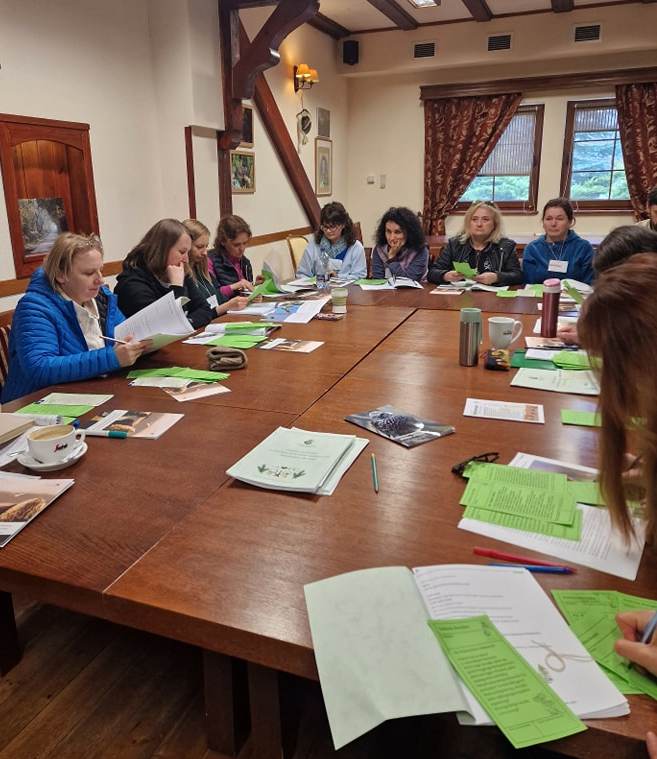
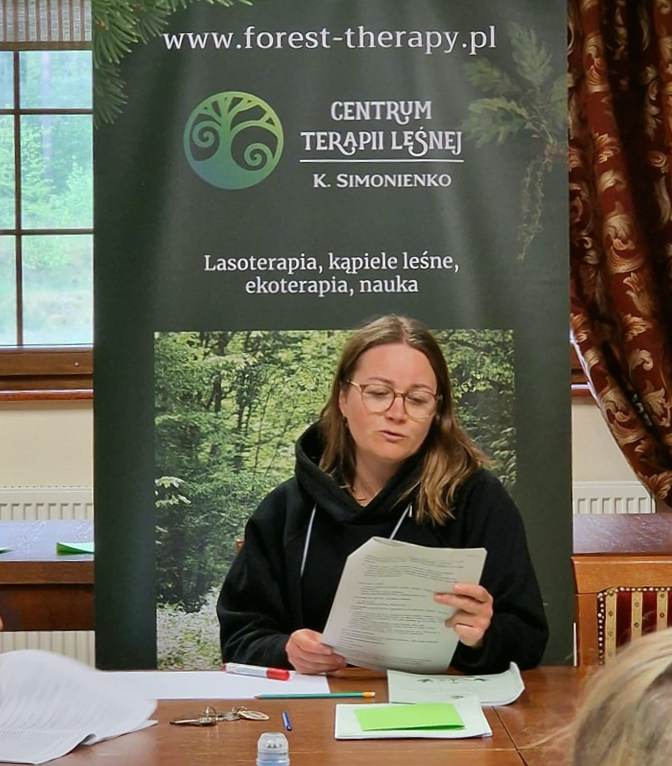
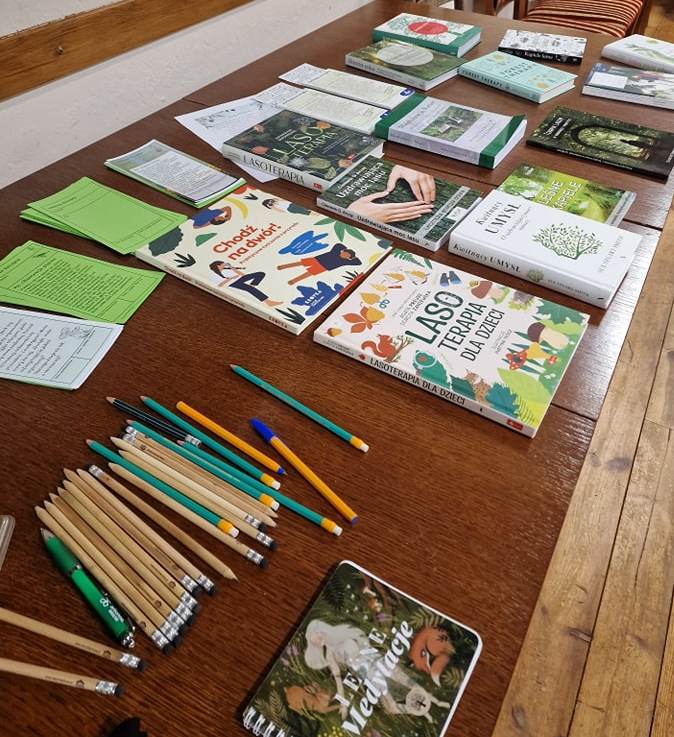
In the evening we enjoyed a trip to the marsh, birdwatching and a beautiful sunset on the Bagno Lawki March.
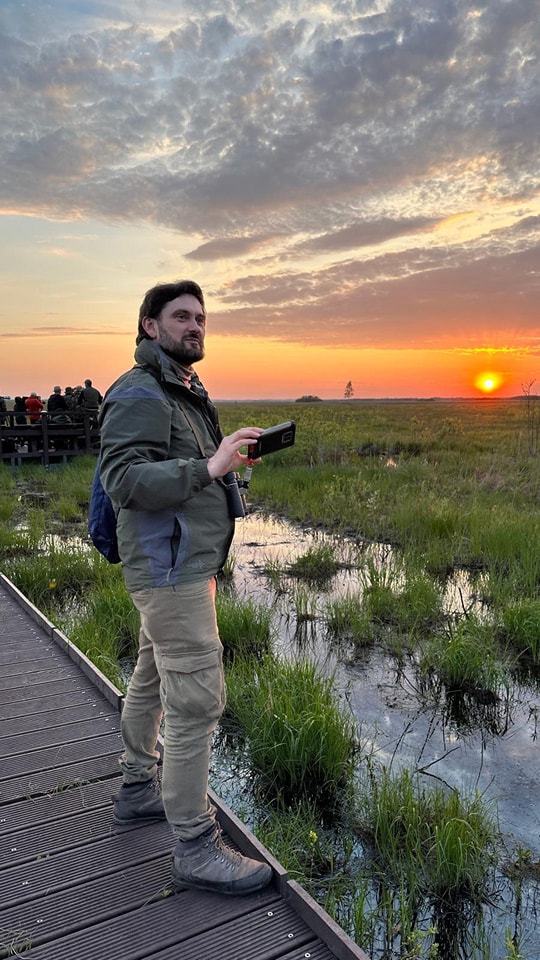
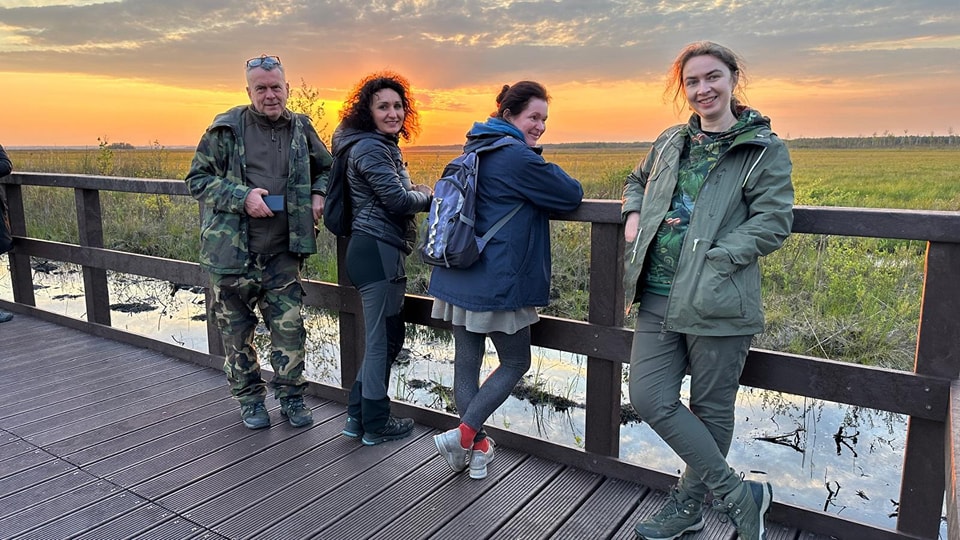
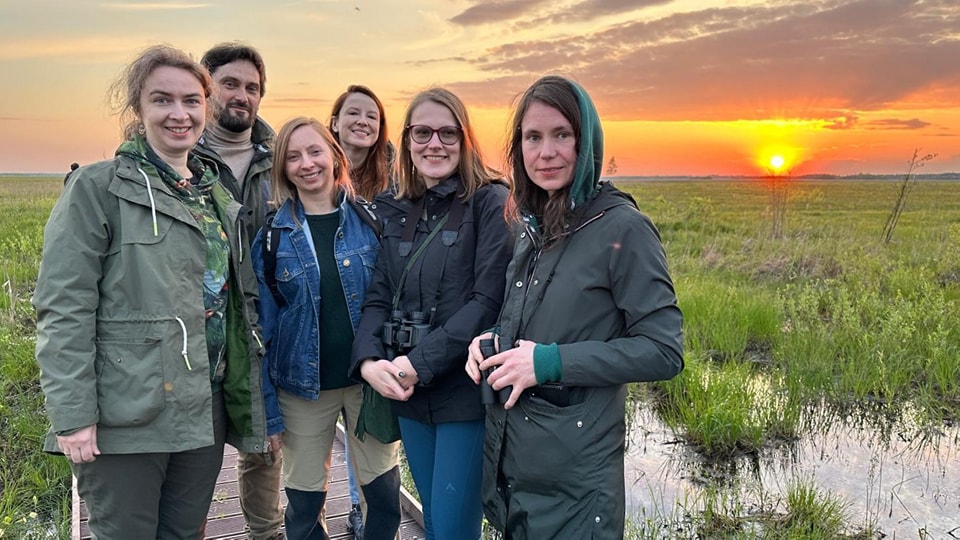
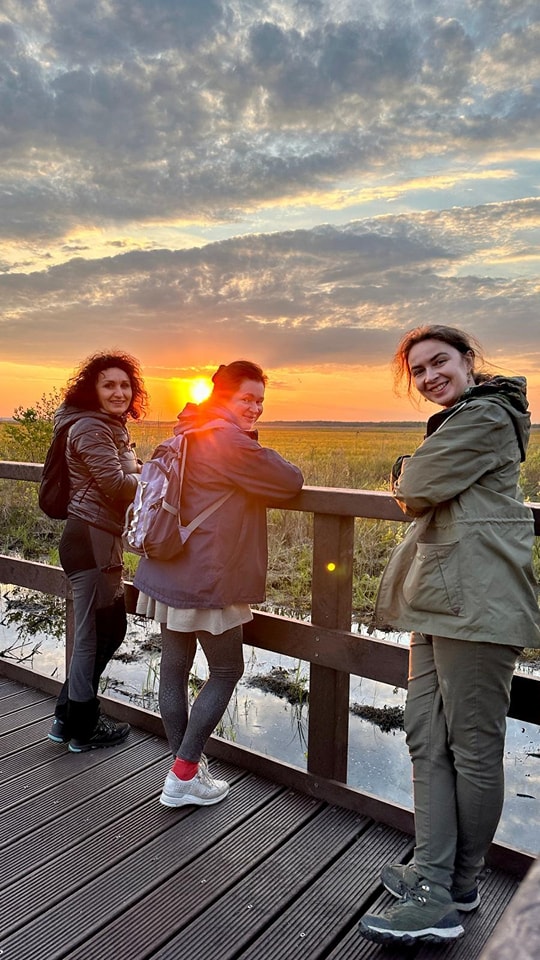
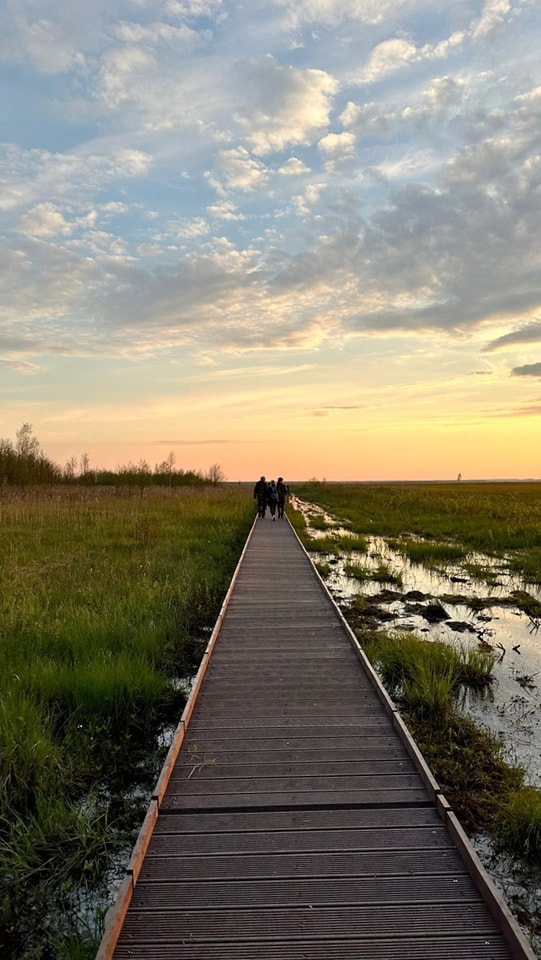

On Sunday morning we worked on practical issues concerning the work of a forest bathing guide. We discussed types of challenging clients, difficult field situations, practical aspects of preparing for and conducting a forest bathing in different types of terrain – from forest and national park to garden and city park. We created a variety of scenarios dedicated to groups with different needs. Some activities took place indoors (such as practical relaxation with elements of forest bathing for immobile patients) and some outdoors. We also learnd about therapeutic ornithology, the classes were led by our expert Dr Slawomir Murawiec 🙂
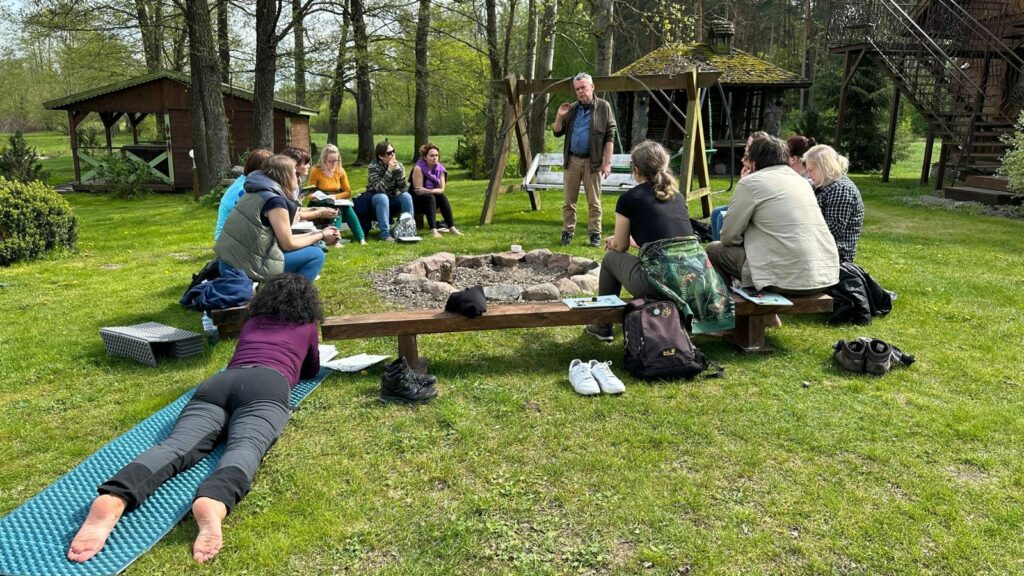
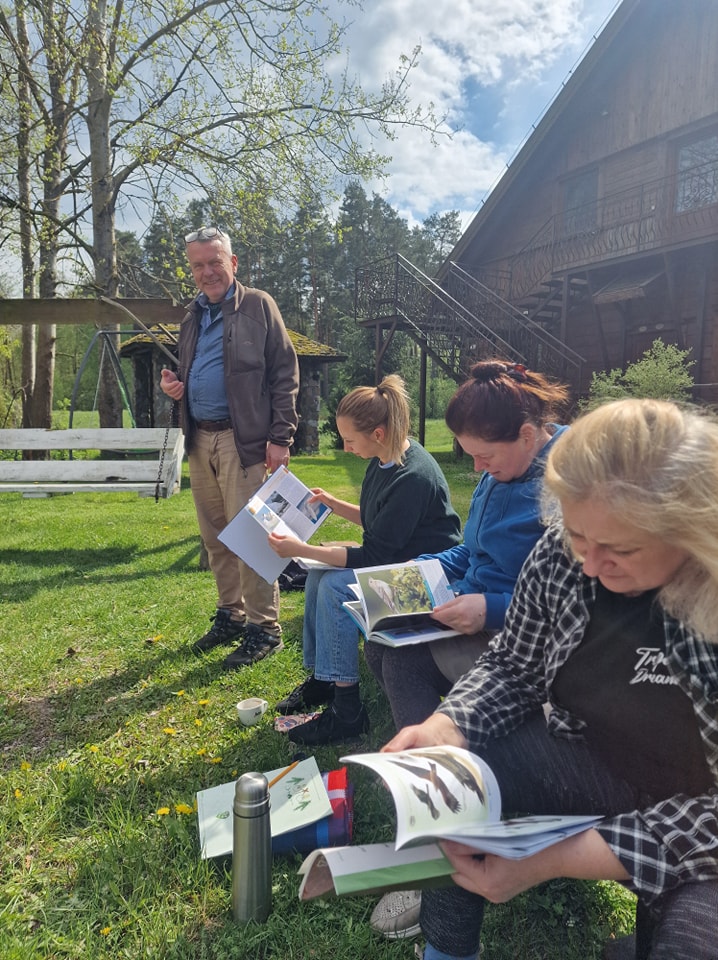
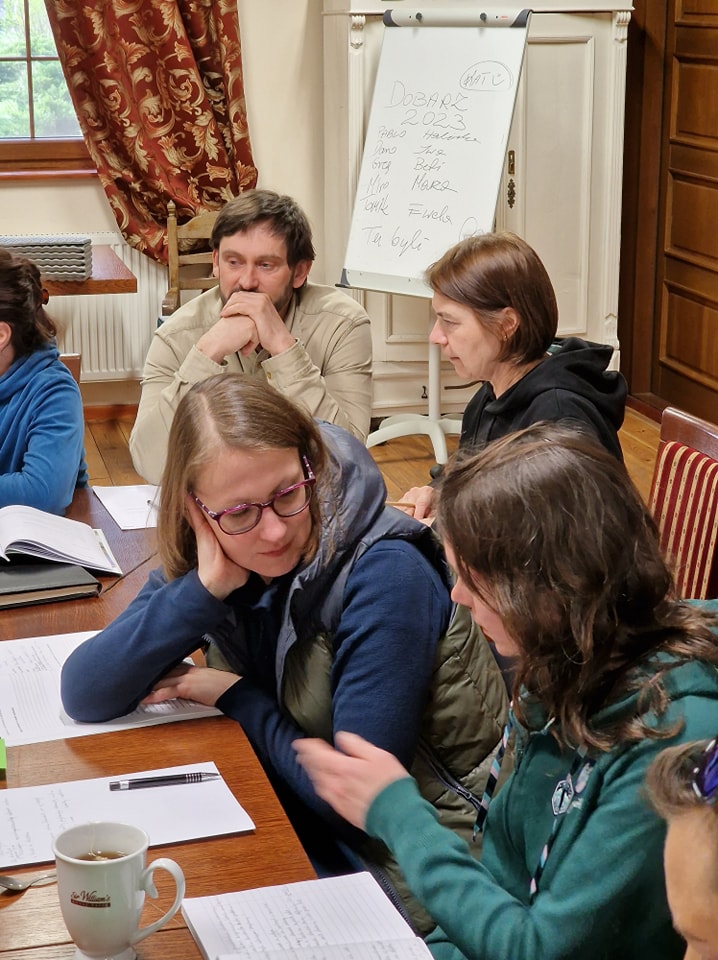
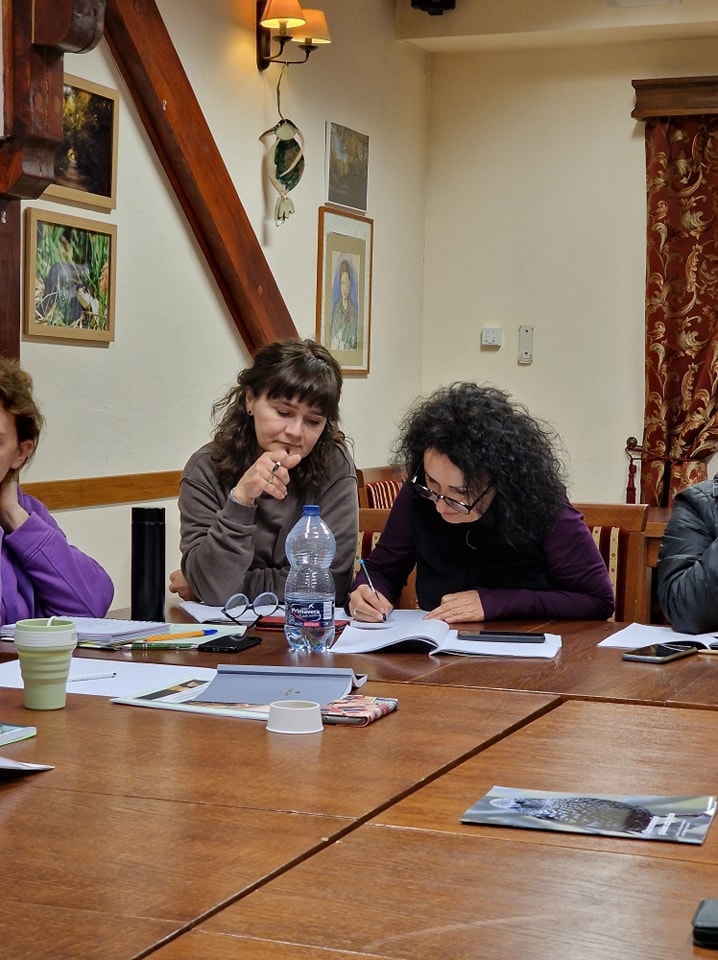
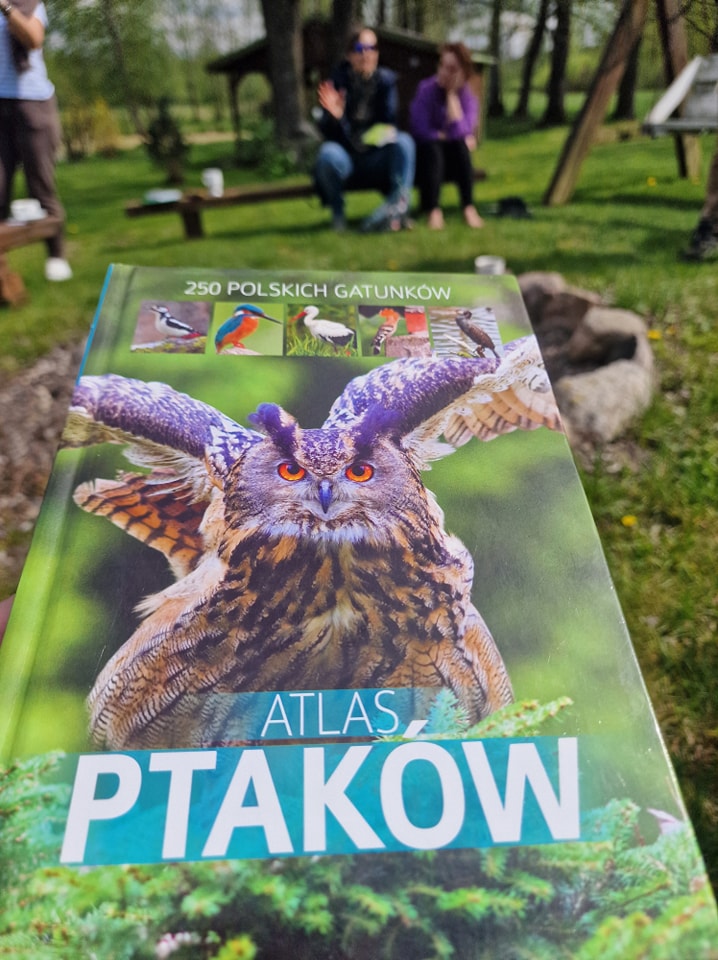
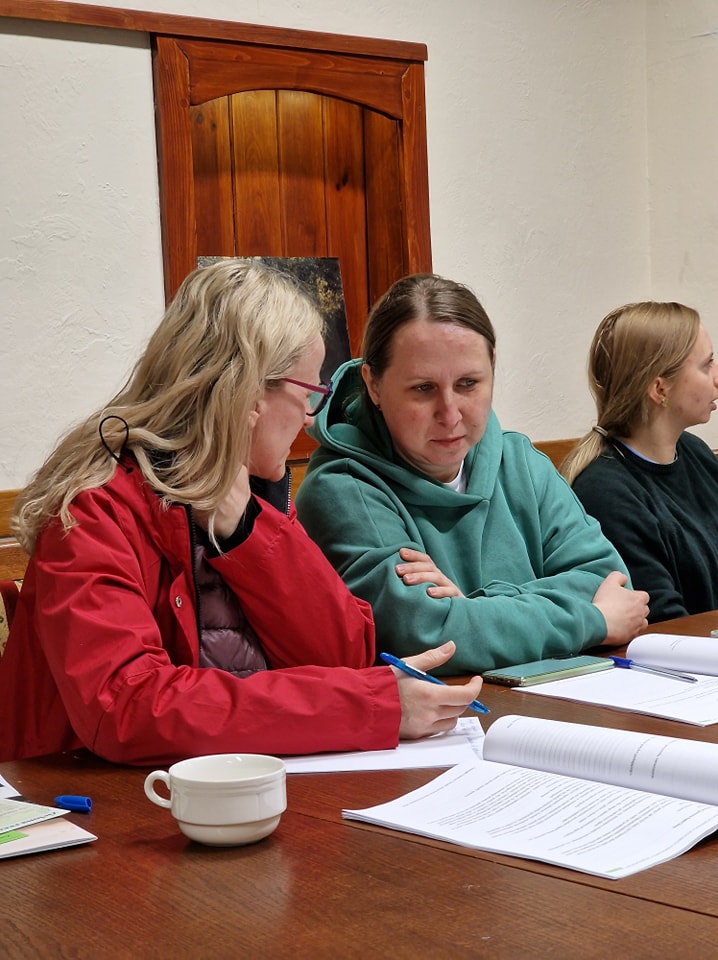
In the final part of the workshop, participants independently led a forest bathing walk in the garden area, which we then discussed together.. The beautiful, innovative invitations, land art, creative process and fresh perspective made it a unique experience. We are sure that they will be great forest bathing guides and will successfully incorporate the new practices into their work with patients or clients, look after their own wellbeing and pass on the message that without a healthy environment, it is impossible to talk about human health.
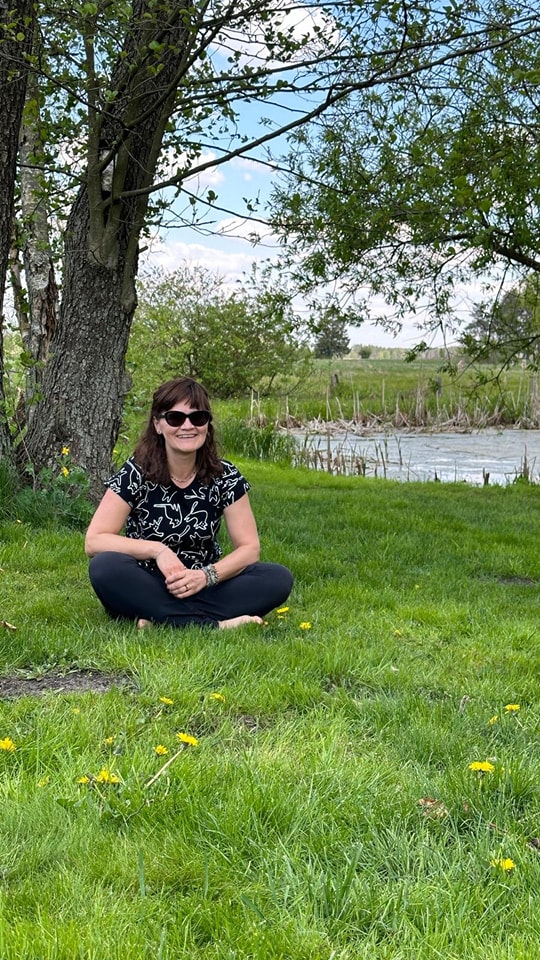

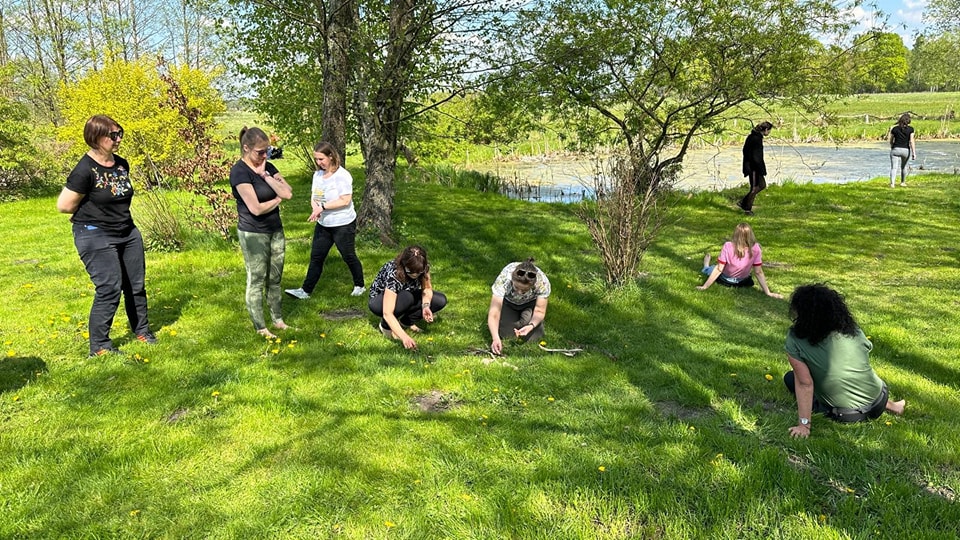
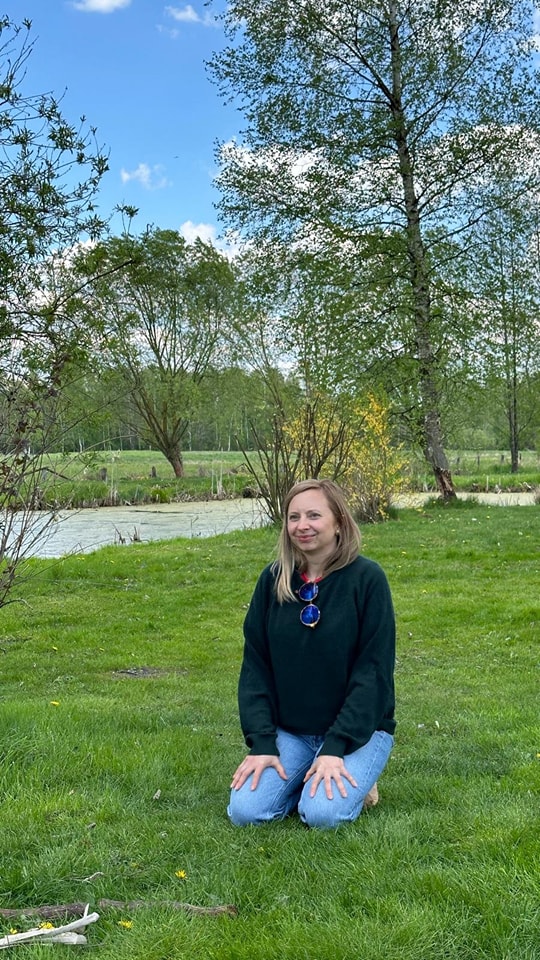
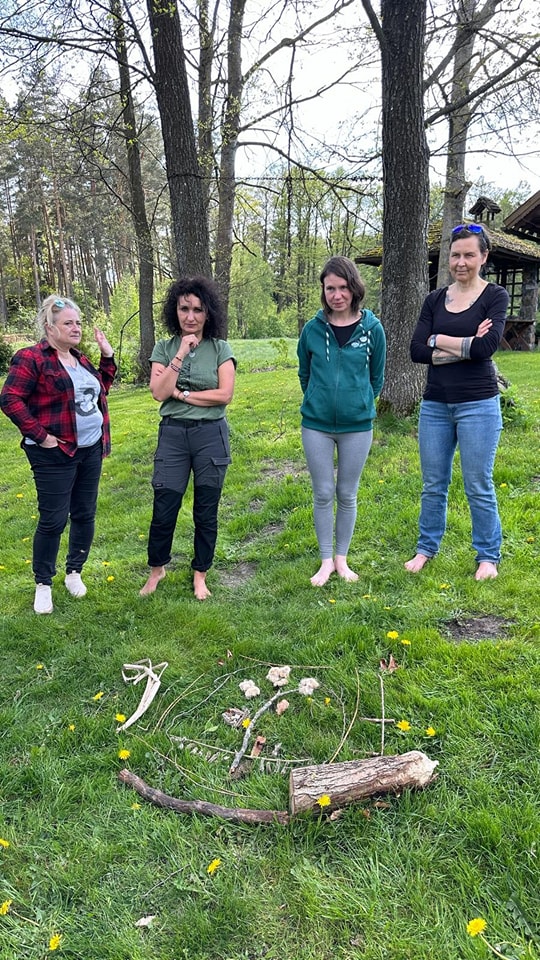
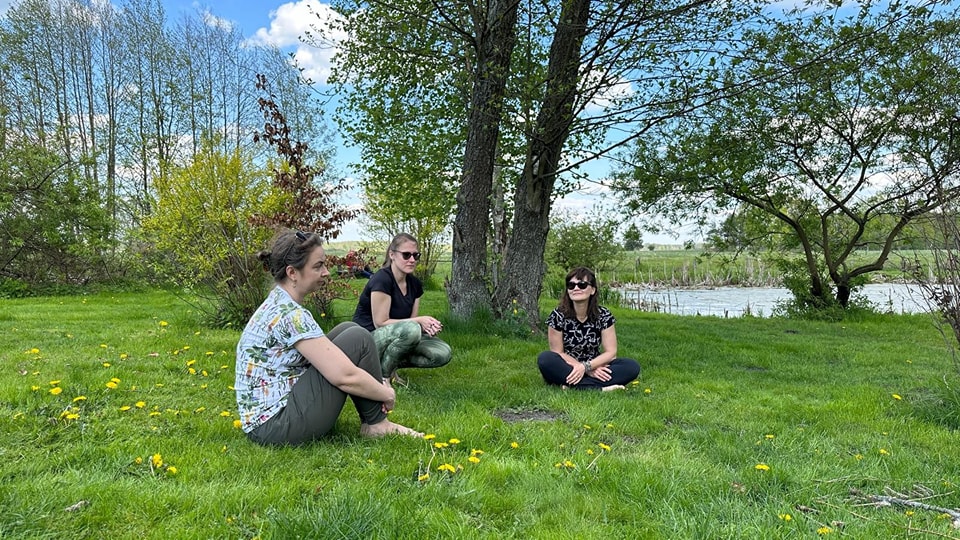
After intensive work, it was time for a summary, ideas and discussion – how to start conducting forest bathing on your own, in your own environment. A Commemorative group photo in the Dobarz garden and we were ready to go home.
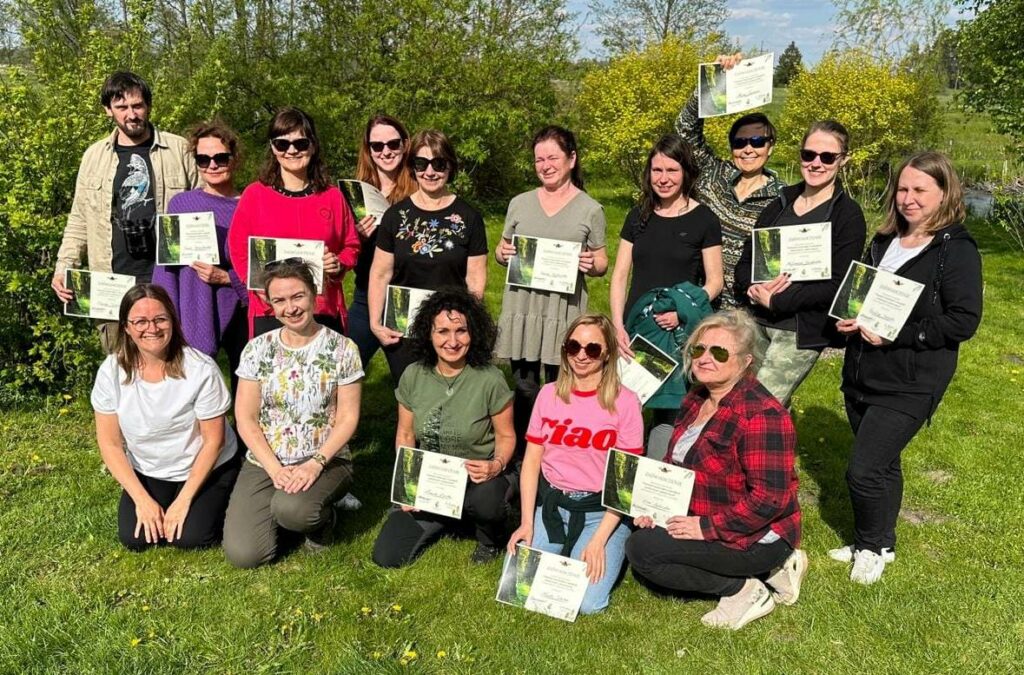
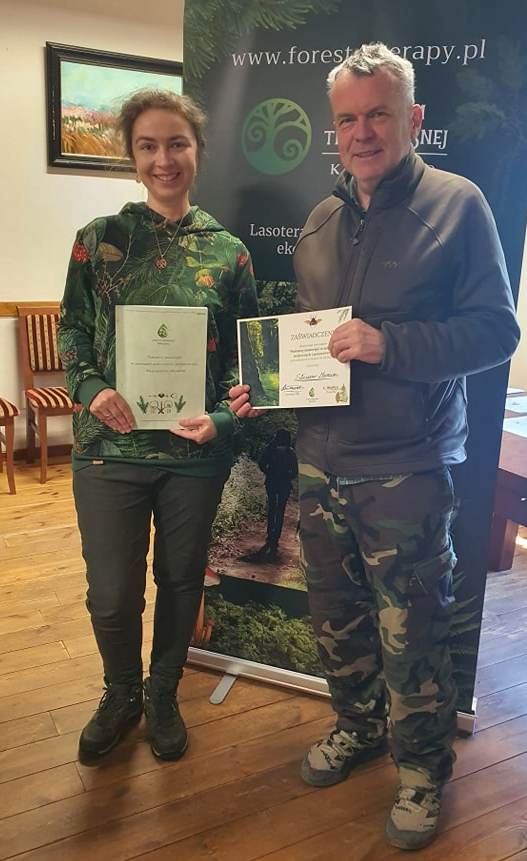
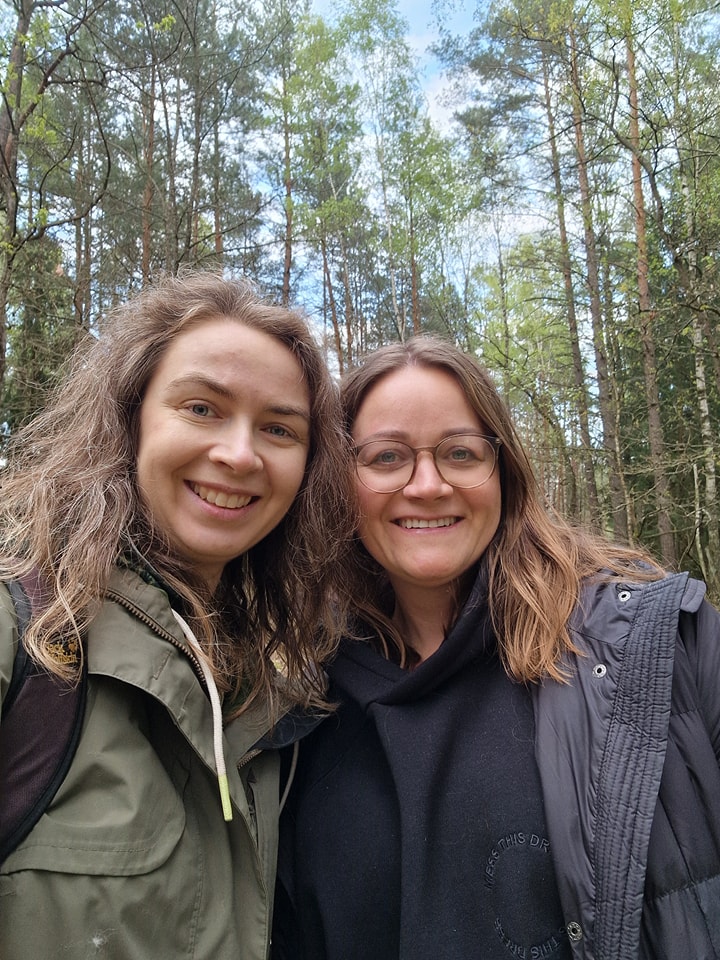
Many thanks to the Participants, the team of Dobarz Manor House
and the Biebrza River and its Valley with its wildness and surprises for this wonderful time!
Some of the above photos are here becaus of courtesy of the participants. Thank you very much! We have had a wonderful time with you working, disussing and wandering through the woods and marshes.
We look forward to seeing you again next year!
Katarzyna Simonienko i Katarzyna Grabka, trainers.
